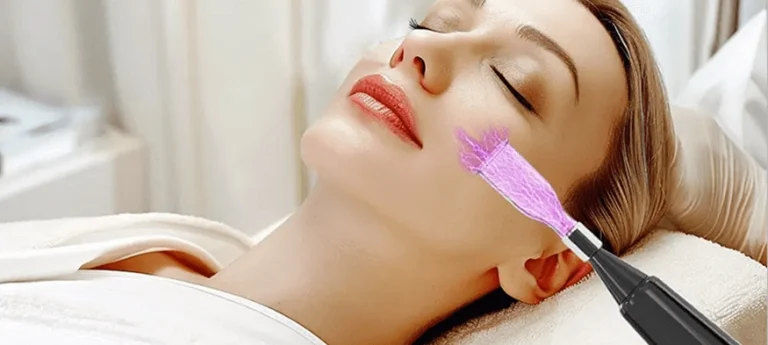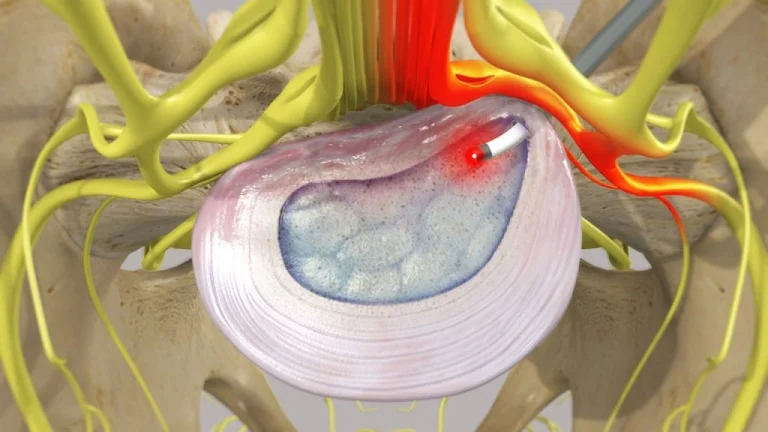980nm nail fungus removal laser machine for onychomycosys infection laser treatment
What’s the nail fungus(Onychomycosis)?
Onychomycosis, medically known as onychomycosis or tinea unguium, refers to nail lesions caused by fungal infections such as dermatophytes, yeasts, and non-dermatophyte molds.
Infection Process and Principle:
Sources of infection: Fungi are widely found in everyday life, such as on the floors of public bathrooms, swimming pools, and gyms; unclean manicure tools; and other parts of the body affected by athlete’s foot or tinea pedis.
Pathway of infection: Minor trauma to the nails, especially toenails, such as from tight shoes or improper trimming, can create gaps in the nail barrier, allowing fungal spores to attach to the nail plate.
The Principle of 980nm for nail fungus removal:
- Core Principle: Selective Photothermal Effect
Fungi, including their hyphae and spores, produce specific pigment groups during their growth and metabolism. These pigment groups have a strong absorption capacity for specific wavelengths of light. 980nm laser light is believed to be selectively absorbed by fungal tissue, while normal nails and periungual tissues absorb less.
- Mechanism of Action:
Thermal Effect: When 980nm laser light is irradiated on diseased nails, the energy is largely absorbed by the pigment groups in the fungi and instantly converted into heat, causing a sharp increase in the local temperature.
Bactericidal: High temperatures directly destroy the fungal cell walls, cell membranes, and internal organelles, inactivating or “burning” the fungal hyphae and spores, preventing them from reproducing and damaging the nail.
Regeneration Stimulation: The thermal effect generated by the laser also stimulates blood circulation and local immune responses in the nail bed, improving the nutrient supply to the nail matrix and creating a more favorable environment for the growth of healthy new nails.

Toenail Fungus Infection Symptoms
Toenail fungus infections come with several easily identifiable symptoms, including:
Yellowing of the nail
White spots and streaks
Thickening and distortion of the nail
Nails that crumble or brittle
Nail separating from the nail bed
Treatment time and the course
Two times one week, and the course of treatment is one month, if it is badly symptom, it may need 2-3 course f treatment. The treatment time for each toe is 2-3 minutes. Brine your feet every day after the treatment until it’s cure.

The difference between 980 and CO2 in the treatment of onychomycosis
Superior Choice: 980 nm Diode Laser for Onychomycosis
Mechanism & Precision
The 980 nm diode laser emits near-infrared light that penetrates the nail plate to target the fungal infection deep in the nail bed—its wavelength aligns with the water absorption peak, enhancing thermal efficiency and reaching the infection without harming surrounding tissues.In one in vitro comparison, it generated the highest rise in temperature among tested lasers (≥50 °C), effectively inhibiting fungal growth.
Safety & Comfort
Patients typically experience minimal or no discomfort, often described as a mild warming or tingling sensation.
The procedure is non-invasive, no anesthesia is needed, and there’s no downtime. Patients usually resume normal activities immediately after treatment.
Efficiency & Efficacy
Sessions are typically brief 20-30 minutes per treatment, and a series of 4–6 sessions spaced 4–6 weeks apart is common. Some practices report up to 90 % success in certain cases.
Additional Benefits
Promotes healthy nail regrowth and helps prevent recurrence, making it a restorative as well as antifungal therapy.
As a drug-free option, it avoids systemic side effects and drug interactions—ideal for patients who cannot tolerate oral antifungals or prefer to avoid medications.
CO₂ Laser: Stronger but More Complex
CO₂ lasers rely on intense photothermal ablation, vaporizing infected tissue and generating micro-explosions via steam in fungal cells. Perforated CO₂ lasers can reach cure rates up to 95 %, while fractional CO₂ lasers typically show around 45 % efficacy.
However, they carry higher risks like deeper tissue damage, bleeding, eschar formation, and slower healing due to their aggressive nature.
Often used in combination with topical antifungals, CO₂ lasers can enhance drug penetration but require careful application and specialized setting.
In Summary
Experience the next-level solution in nail fungus treatment with Arfurla 980 nm diode laser therapy—a safe, precise, and patient-friendly alternative to conventional methods:
Highly targeted action: Precisely heats and eliminates fungi at their source, with minimal impact on surrounding tissues.
Fast and painless: 30-minute sessions, sensation of warmth only, no anesthesia or recovery needed.
Drug-free, stress-free: Avoids medication side effects, great for those who prefer or require a medication-free approach.
Long-lasting results: Encourages healthy nail regrowth and helps prevent recurrence.
Why settle for older, riskier options? The 980 nm diode laser gives you confidence in treatment, comfort during therapy, and clarity in your result.



